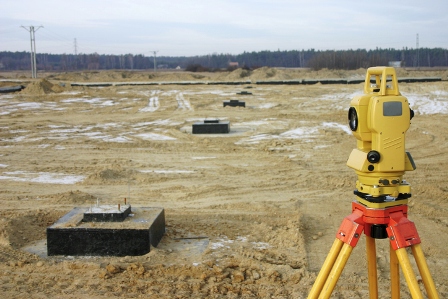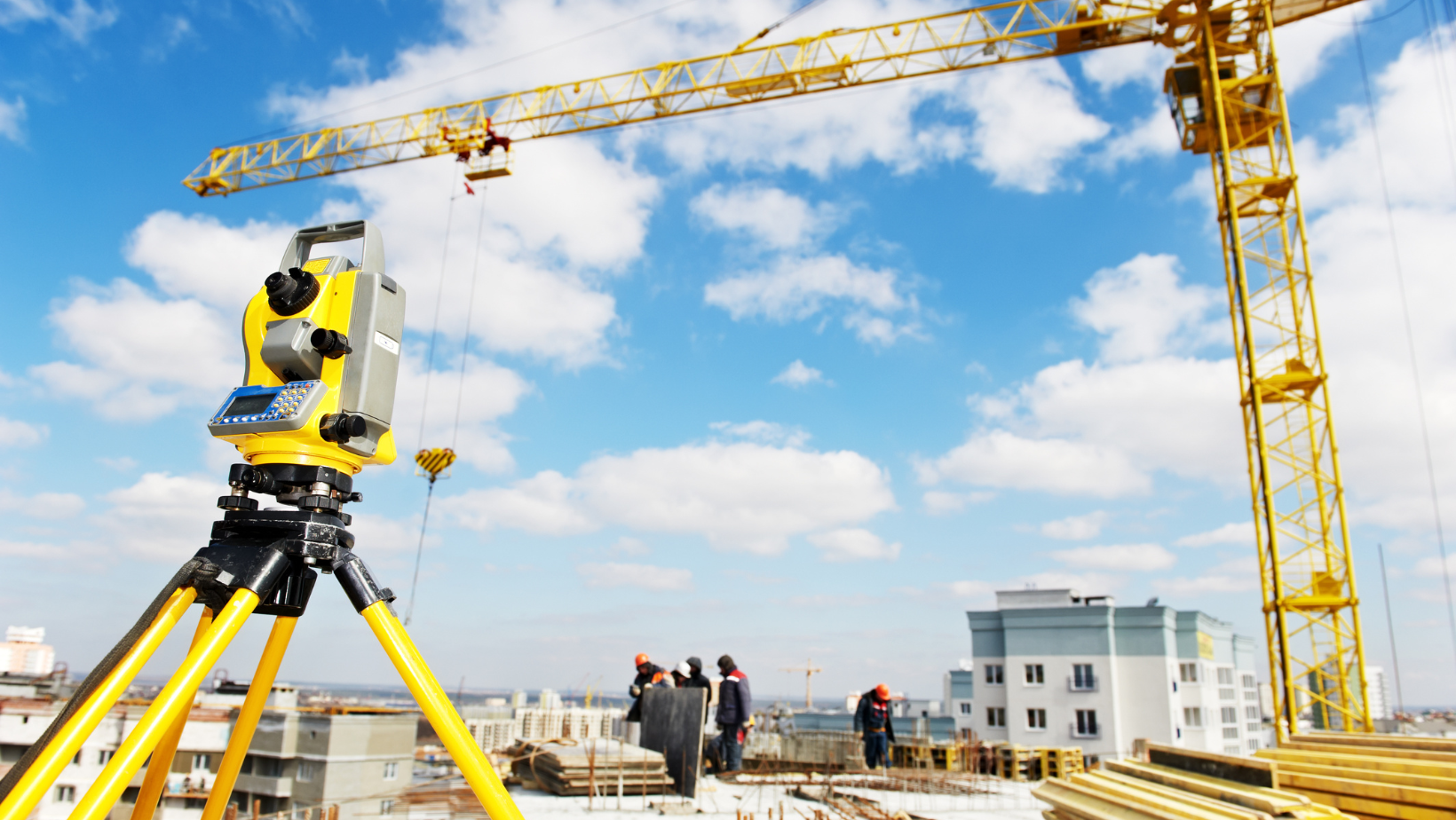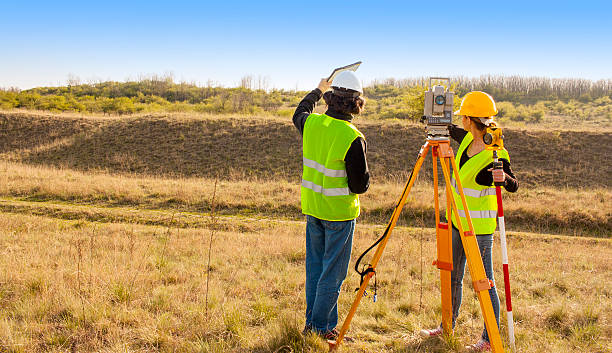What You Need to Know About Engineering Surveys for Your Next Project
Important Devices and Techniques in Setting Out Design
The discipline of establishing out engineering relies greatly on a suite of crucial devices and methods that underpin the accuracy and effectiveness of project implementation. What effects does this hold for future design methods?
The Importance of Accurate Dimensions

The value of precise measurements extends beyond simple compliance; they are important to the total efficiency of engineering procedures. Inaccuracies can result in material waste, job hold-ups, and boosted labor prices, eventually impacting the project's bottom line. Accurate dimensions boost the quality of the last item, guaranteeing that it does as planned and fulfills the expectations of stakeholders.
In addition, the significance of precise dimensions is evident in various design self-controls, including civil, mechanical, and electric engineering. Thus, cultivating a culture that prioritizes accuracy is necessary for the future of design.
Necessary Tools for Laying Out
Laying out, a critical stage in the engineering and building and construction process, depends heavily on specific devices that make certain precise location and positioning of structures. Amongst these devices, the surveyor's degree stands out, providing accurate horizontal measurements necessary for establishing reference points. This tool allows engineers to figure out altitude modifications and keep uniformity across the job website.
The overall terminal is an additional indispensable device, integrating digital range measurement with angular measurement capabilities. This technology boosts efficiency and accuracy in catching spatial information, permitting efficient site layout and preparation.
Furthermore, using determining tapes and noting tools, such as chalk lines or risks, is basic for momentarily marking boundaries and crucial points on the website. These standard tools, though simple, are important for ensuring clear communication amongst the building and construction group concerning job specifications.
Last but not least, GPS technology has actually acquired grip in setting out processes, giving real-time positioning information and substantially enhancing accuracy over standard methods. Jointly, these necessary devices develop the backbone of efficient setting out techniques, eventually adding to the effective execution of engineering and building and construction tasks.
Advanced Evaluating Strategies
Advanced surveying strategies play a pivotal duty in enhancing the accuracy and efficiency of engineering projects. These methods include a series of approaches that supply accurate information for layout and building and construction. Conventional methods, such as progressing and triangulation, have progressed right into much more advanced techniques, including Complete Terminal surveys and Worldwide Navigation Satellite Equipment (GNSS)
Complete Terminal tools integrate electronic theodolites with distance measurement abilities, enabling land surveyors to accumulate exact area data with great rate. This technology dramatically minimizes errors associated with manual dimensions and supplies real-time data processing. GNSS provides exceptional accuracy for large-scale projects by using satellite signals to determine precise positioning, which is important for lining up structures and making certain compliance with style specs.
In enhancement to these tools, progressed techniques also include geospatial analysis and 3D modeling. These methods allow designers to envision terrain and site conditions better, helping with much better decision-making throughout the preparation stage. By using these innovative evaluating techniques, engineering jobs can accomplish better precision in layout, minimize rework, and eventually boost general task success.
Digital Technology in Design
The assimilation of electronic modern technology has changed design methods, boosting both efficiency and accuracy throughout numerous self-controls. Tools such as Structure Details Modeling (BIM) facilitate the visualization and administration of intricate projects, enabling engineers to team up seamlessly and make informed decisions. This modern technology allows the production of detailed 3D designs, which can be examined for structural honesty and efficiency before construction begins.

The application of fabricated intelligence and device understanding in design procedures better enhances anticipating maintenance and optimization of resources. Generally, digital modern technology is improving the design landscape, driving advancement, and guaranteeing that tasks are completed with greater efficiency and lowered risk.
Finest Practices for Application
When executing digital modern technology in design, it is crucial to develop a critical technique that lines up visit site with job objectives and business capabilities. A thorough evaluation of existing workflows and innovation facilities is necessary to recognize voids and possibilities for renovation. Engaging stakeholders early while doing so fosters cooperation and ensures that the technology meets individual demands.

Project supervisors should adopt a repetitive application method, permitting for modifications based on real-time comments and efficiency examinations. This nimble strategy not only minimizes dangers but likewise promotes continual enhancement by including lessons learned.
Final Thought
To conclude, the assimilation of crucial tools and advanced strategies in laying out engineering is crucial for making sure precision in measurements and effective task implementation. Using instruments such as land surveyor's degrees, overall stations, and GPS innovation, together with contemporary evaluating approaches, boosts precision and decreases the probability of mistakes. Taking on best techniques in execution further maximizes these procedures, eventually cultivating enhanced job end results in the design and building markets.
The discipline of setting out engineering counts greatly on a collection of important devices and methods that underpin the accuracy and efficiency of task implementation.Moreover, the importance look at this now of exact measurements is obvious in different design self-controls, including civil, mechanical, and electric design. By employing these sophisticated checking techniques, engineering tasks can achieve greater accuracy in layout, decrease rework, and inevitably improve general project success.
In general, electronic innovation is reshaping the design landscape, driving advancement, and making sure that jobs are finished with greater effectiveness and reduced risk (setting out engineering).In final thought, the combination of essential devices and progressed strategies in establishing out design is vital for making certain precision in dimensions and effective task execution